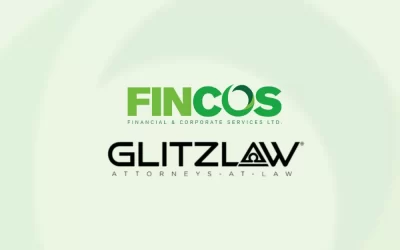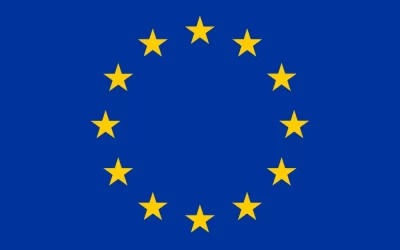Glitz News.
GEOGRAPHICAL INDICATION APPLICATIONS FINALLY OFF THE MARK IN SAINT LUCIA!
At INTA in Atlanta in May this year, booth #555 registered to GLITZLAW and their regional colleagues under the name “The Eastern Caribbean Law Collective” became known, not just for providing valuable insight into the IP products and services offered in Saint Lucia...
LEVERAGING IP TO ENHANCE SPORTS TOURISM IN SAINT LUCIA
Sports events are increasingly seen as powerful drivers of global economic growth. In Saint Lucia, as in many other countries, the convergence of sports, tourism, and intellectual property rights is helping to create new economic opportunities. The global sports...
AM I WORTHY OF PROTECTION?
In 2016 the World Economic Forum using data from the International Labour Organization (ILO), ranked Saint Lucia number 3 in the world for having more female professionals than male with a 38% to 62% ratio. This number has tipped even more in favour of women over the...
EU RESOURCES BOOST CARIBBEAN INTELLECTUAL PROPERTY ENVIRONMENT
In keeping with the framework of the Economic Partnership Agreement (EPA), the European Union Intellectual Property Office (EUIPO) has been actively working to strengthen the intellectual property (IP) rights environment in the Caribbean region, particularly to...
UNLEASHING SAINT LUCIA’S INTELLECTUAL PROPERTY POTENTIAL: PRESERVING CULTURE, FOSTERING INNOVATION, AND EMPOWERING CREATORS
Introduction: Nestled in the eastern Caribbean Sea, Saint Lucia is not only known for its breathtaking landscapes but also holds a remarkable treasure trove of intellectual property (IP). From its vibrant cultural heritage to emerging industries, this idyllic island...





